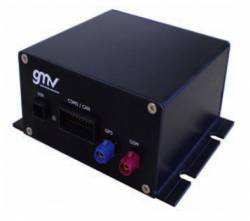GNSS Receiver Clocks
Q: Does the magnitude of the GNSS receiver clock offset matter?
A: It is well known that GNSS receiver clocks drift relative to the stable atomic time scale that ultimately defines a particular GNSS system in the first place. GNSS receiver manufacturers, however, try to limit the magnitude of the time offset to within some predefined range.
By Inside GNSS










